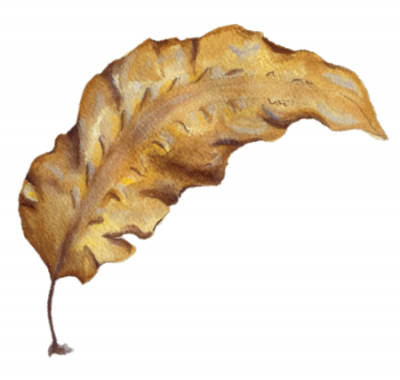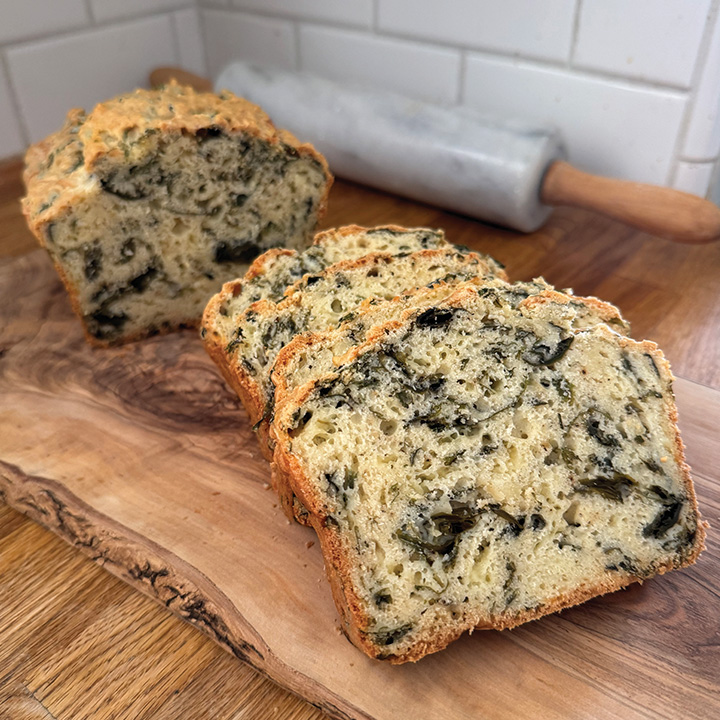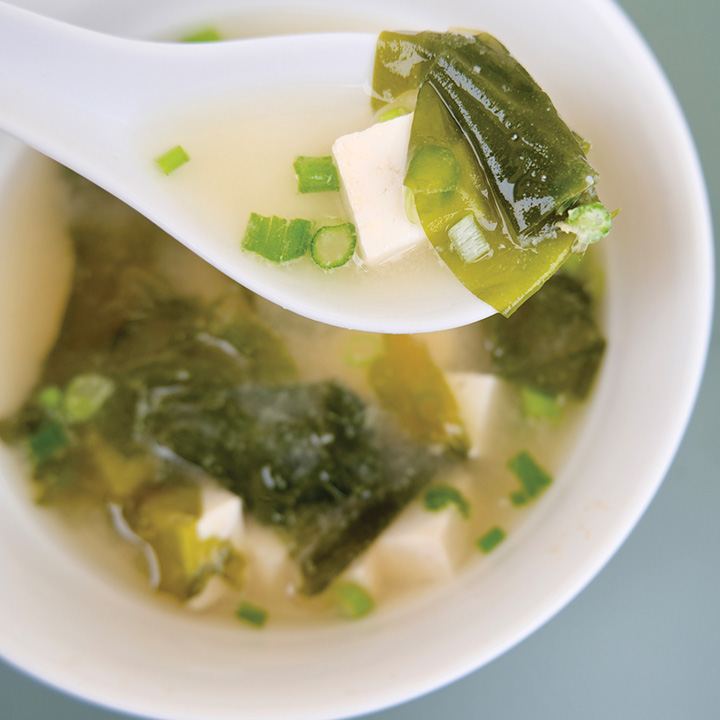
Profile
Sugar Kelp (Saccharina latissima)
Sugar kelp, with long, flat blades and frilly edges, can grow up to 16 feet, resembling giant lasagna noodles. Found in the North Atlantic, North Pacific, and Arctic Ocean, this versatile seaweed is gaining popularity in US aquaculture, with Maine leading the industry as the largest producer.
In Japan, sugar kelp has been a staple for over 1,500 years and was once used as currency for tax payments. Historically, it has been vital in various industries, from potash and soda ash extraction for gunpowder and soaps in the early 1700s to the alginate boom during World War II where alginate was extracted from kelp and used as a gelling agent. Today, most sugar kelp is produced in Maine and used as a nutritional food source.
Seaweed farming is the fastest-growing aquaculture sector in the US. Maritime workers, like those in the fishing or aquaculture industries, sometimes farm seaweed in the off-season to supplement their income.. Supporting local seaweed farmers provides tasty seaweeds, helps to diversity farming operations, and creates new business opportunities. It's a win-win for both your taste buds and the economy!
 Flavor Profile (notes and cooking tips)
Flavor Profile (notes and cooking tips)
Slightly sweet and floral, clean, vegetal
Texture
Thin, delicate, leafy and tender with a slight crunch
Preparation Tips
Sugar kelp has gelling qualities and can be added to dishes as a thickener. To reduce these gelling qualities, soak sugar kelp in fresh water overnight, then give it a quick rinse before using. When blanched, sugar kelp turns a vibrant green color, adding a pop of color to any dish.
Where is it Farmed?
Open-ocean farms in New York, New England, Washington and Alaska
Harvest Season
Late spring to early summer
Nutrition
High in iodine, iron, calcium, magnesium, potassium, folate, copper, zinc, nickel, vitamin K, vitamin C, and dietary fiber.
Storage Tips
Refrigerate and consume fresh kelp within 4-6 days of harvest. To prolong shelf life, freeze or dry in a dehydrator and store in a cool, dry place.
Environmental Benefits
Absorbs CO2 from the ocean and produces oxygen, shelters commercially important fish and invertebrates, and protects coastlines from erosion.
Recipes

Savory Sugar Kelp Cheddar Loaf
Recipe by Christina Ng, Kelp sourced from Spartan Sea Farms
Ingredients
- 4 tbsp (½ stick) unsalted butter - melted
- 2 large eggs
- 11/2 cups buttermilk
- 2½ cups all-purpose flour
- 2 tsp baking powder
- ½ tsp baking soda
- 3/4 tsp fine sea salt
- ½ teaspoon black pepper
- 1½ cups sugar kelp, chopped
- 1 cup sharp cheddar cheese
Directions
- Preheat oven to 350°F degrees.
- Oil or butter a 9”x5” loaf pan and line with a sheet of parchment paper.
- Melt butter in the microwave or stove top and allow to cool. Once cool whisk eggs and buttermilk together with the melted butter.
- In a large bowl combine the flour, baking powder, baking soda, salt, and black pepper. Add grated cheese sugar kelp and toss loosely into flour mixture.
- Add liquid mixture to flour mixture and combine using a rubber spatula until there are no dry spots. Distribute into loaf pan and bake for 40-50 minutes or until toothpick comes out clean.

Sugar Kelp Miso Soup
Recipe by Claire Bastarache, Kelp sourced from Atlantic Sea Farms
Ingredients
- 4 cups dashi (read below)
- 3/4 cup blanched sugar kelp
- 7 oz soft or silken tofu
- 4-5 tbsp miso
- 1 green onion
Directions
- Start by thoroughly rinsing your fresh kelp. Once rinsed well, place ¼ cup of kelp in a pot with 4 cups of water and bring it to a simmer for 5-10 minutes. Strain out the kelp and reserve the broth; this is called dashi and it will be your soup base.
- Return the dashi to the pot and heat over medium, making sure it doesn’t boil.
- In a separate bowl, add 4-5 tbsp of miso paste and mix with a small amount of dashi until completely dissolved. Then, add the dissolved miso back into the pot.
- Cut your silken tofu into ¼-½ inch cubes and add it to the miso soup with ½ a cup of additional kelp and chopped green onion before serving.